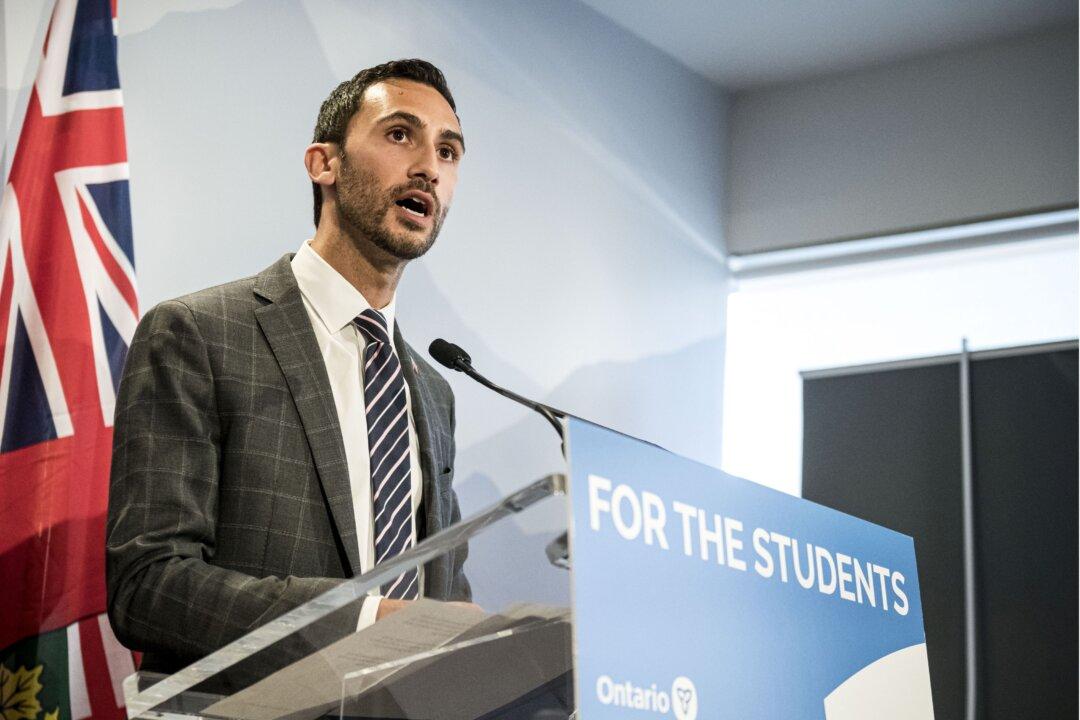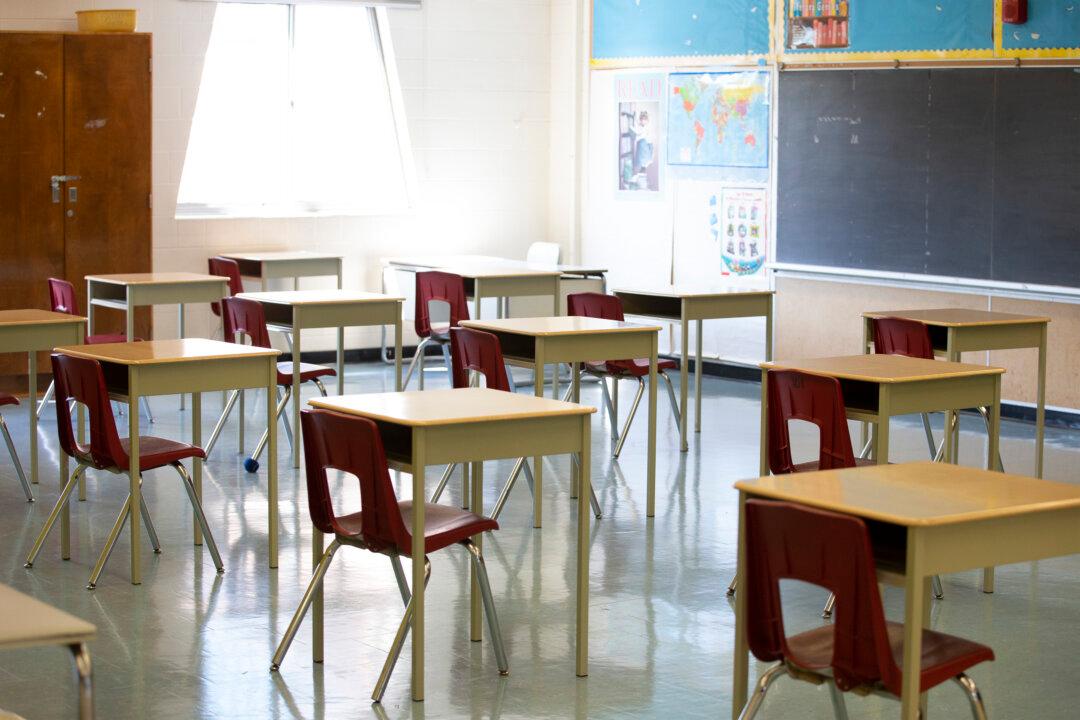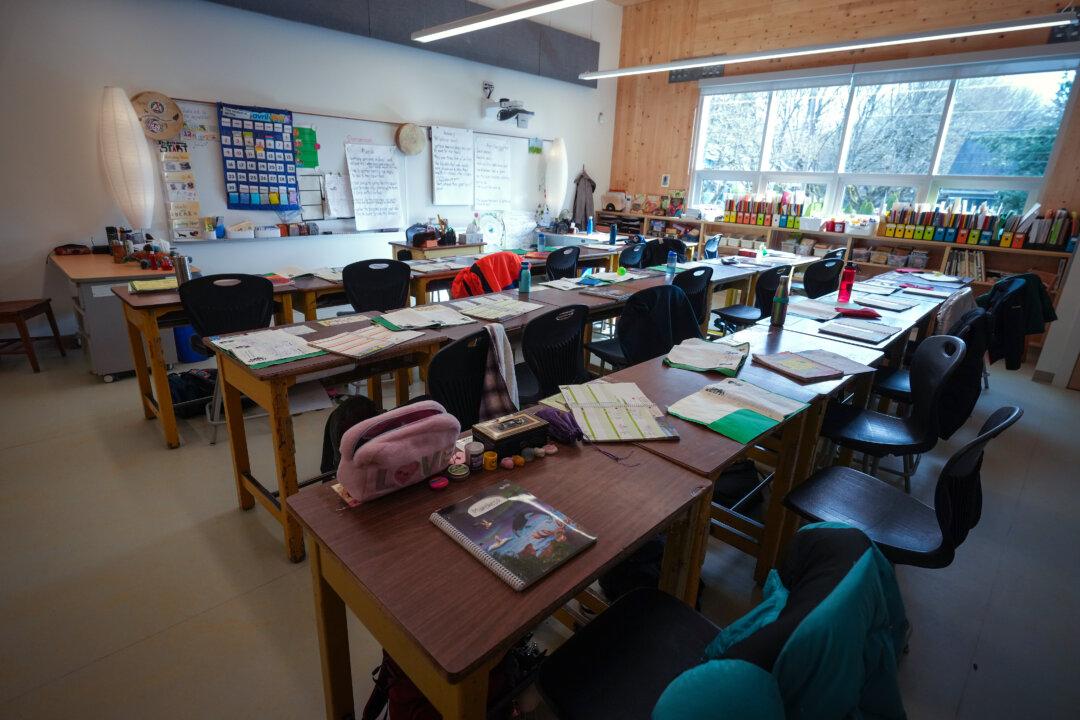If you asked a group of teachers whether they would rather teach a class with 20 students or one with 30 students, most would pick the smaller class. All things being equal, it is easier to teach smaller classes than larger ones.
All things are never equal, however. There are many factors other than class size that impact student learning. And yet class size always seems to get a disproportionate amount of attention, using up more oxygen.





